- Lube tip: foaming is affected by oil level
In a circulating system, it is crucial to check the oil level before introducing antifoam agents to address a foaming problem. Foaming issues can be caused by oil levels that are both too high and too low. Insufficient oil could lead to the formation of a vortex inside the reservoir at the circulating pump’s inlet, drawing in air. If there is too much oil in the circulating system, it could result in oil coming into contact with a surface of the machine that it should not, which could result in slinging the oil, or churning it. Sometimes, the amount of foam may prevent an oil-level reading being taken. While it is never advisable to insert any solid object into an oil reservoir without knowing its internal shape and size, you may be able to insert plastic tubing (clear) straight down to the bottom of the reservoir. Create a seal by covering the top of the tubing tightly, and extracting it – this should show the real oil level.
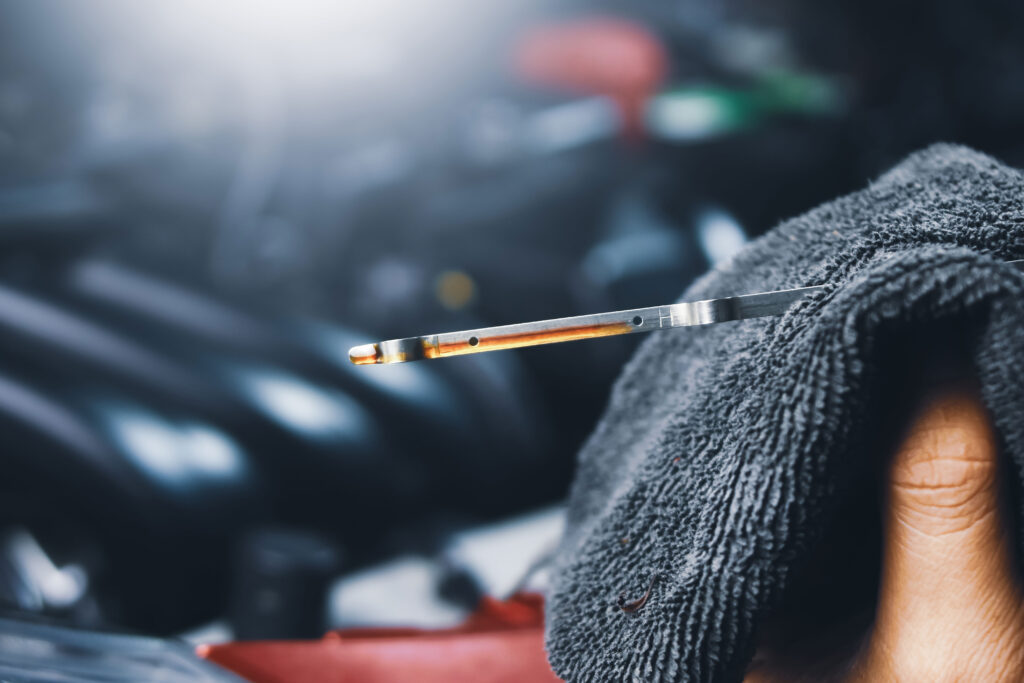
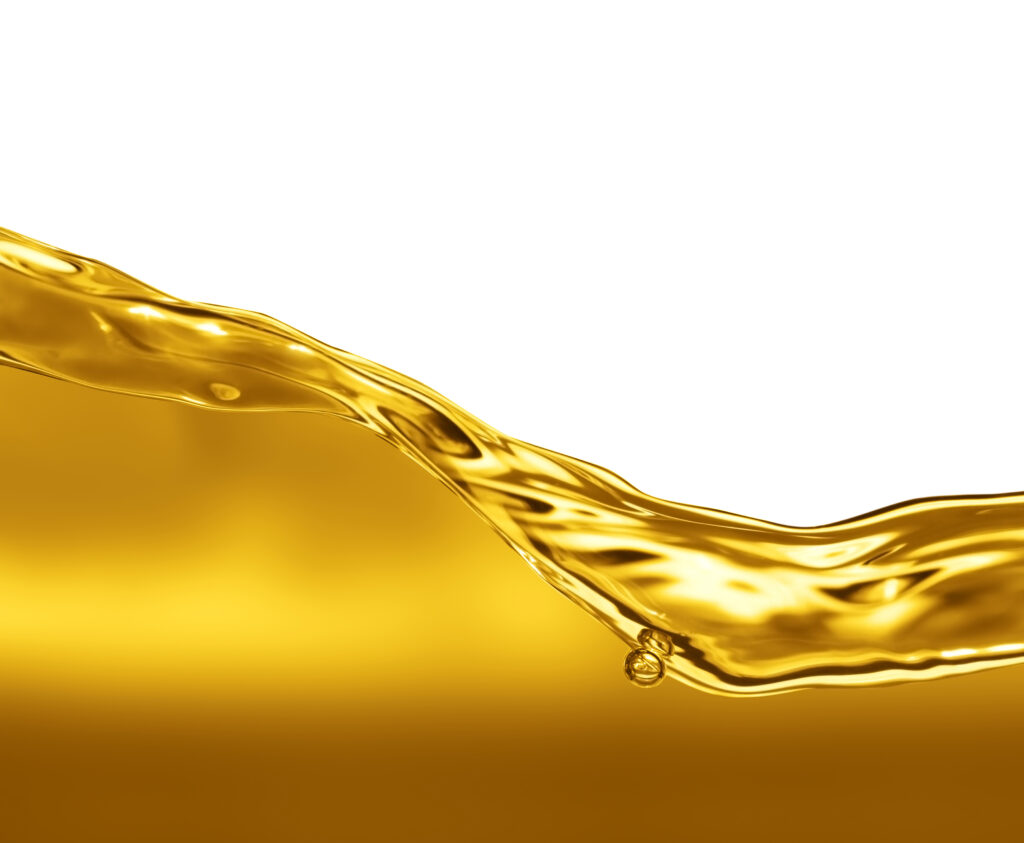
2. Lube tip: how particles create more particles
Abrasive wear can cause a chain reaction in lubricated machinery. The typical chain reaction is: abrasive particles become work hardened, the work-hardened particles produce more particles, and then the new particles become work hardened. This chain reaction continues until the particles are removed by filtration or the machine fails.
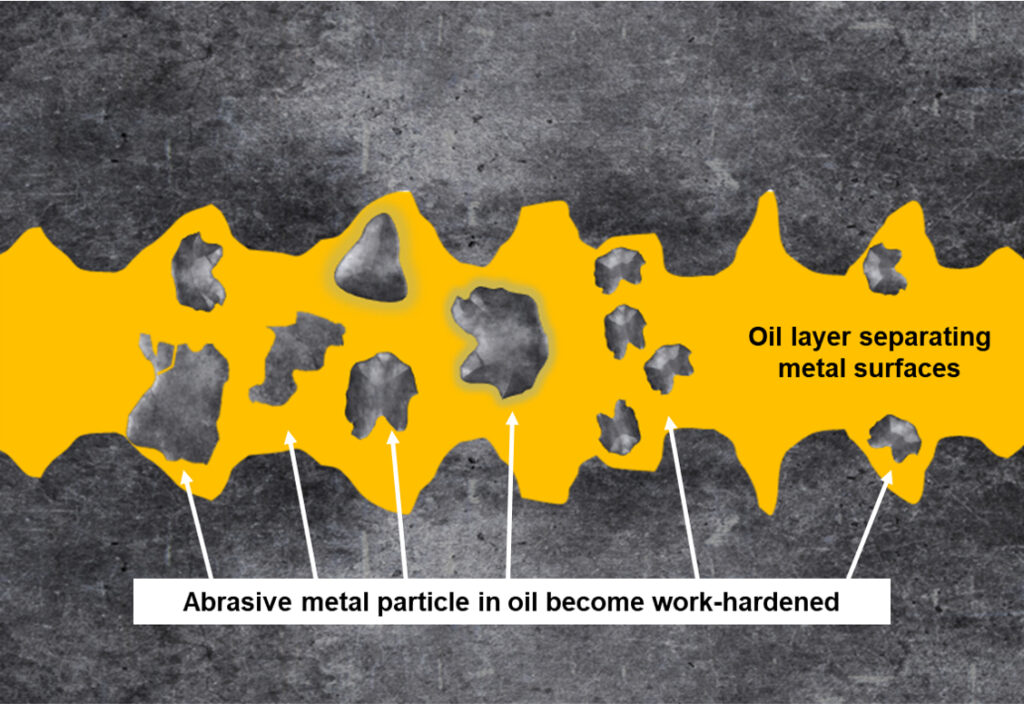
3. Lube tip: thermal failure in lubricants
Lubricants can thermally degrade for a variety of reasons and causes. Unlike oxidation, thermal failure can occur in new lubricants with healthy additive packages. However, many of the symptoms of oxidation are also symptoms of thermal degradation. One of the most common causes of thermal failure in hydraulic fluids and some lubricating oils relates to aeration, i.e. entrained air bubbles. These bubbles can become rapidly compressed in hydraulic pumps and in the squeeze zones of bearings. This results in high localized temperatures. Hot surface carbonization is another form of thermal failure. When an oil thermally degrades, problems associated with sludge, varnish, deposits, viscosity change and additive decomposition will often occur.
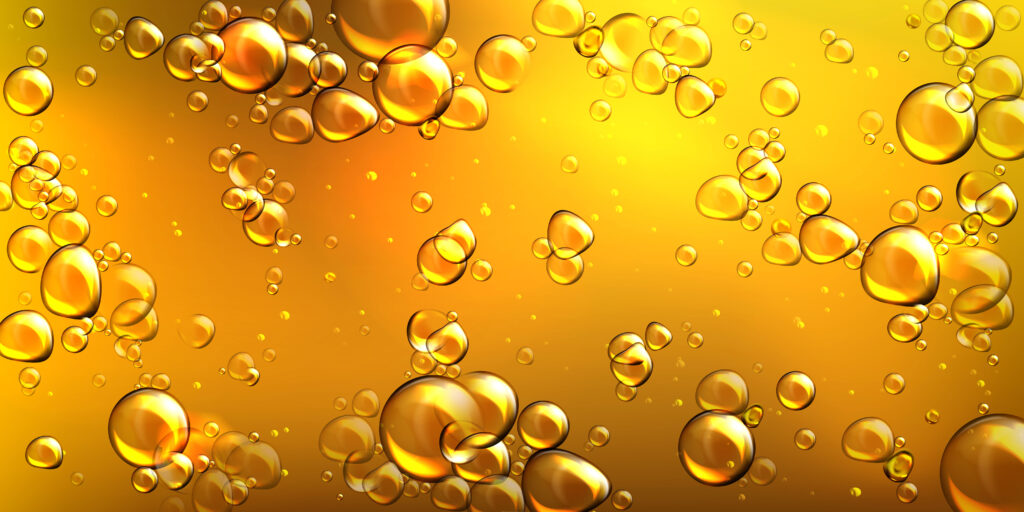
4. Lube tip: gearbox sump
Overfilling a gearbox sump can be just as damaging as underfilling it. Overfilling may cause air entrainment and foam, overheated oil and leakage due to overflow. Over time, oxidation may occur due to increased temperatures and exposure to air.

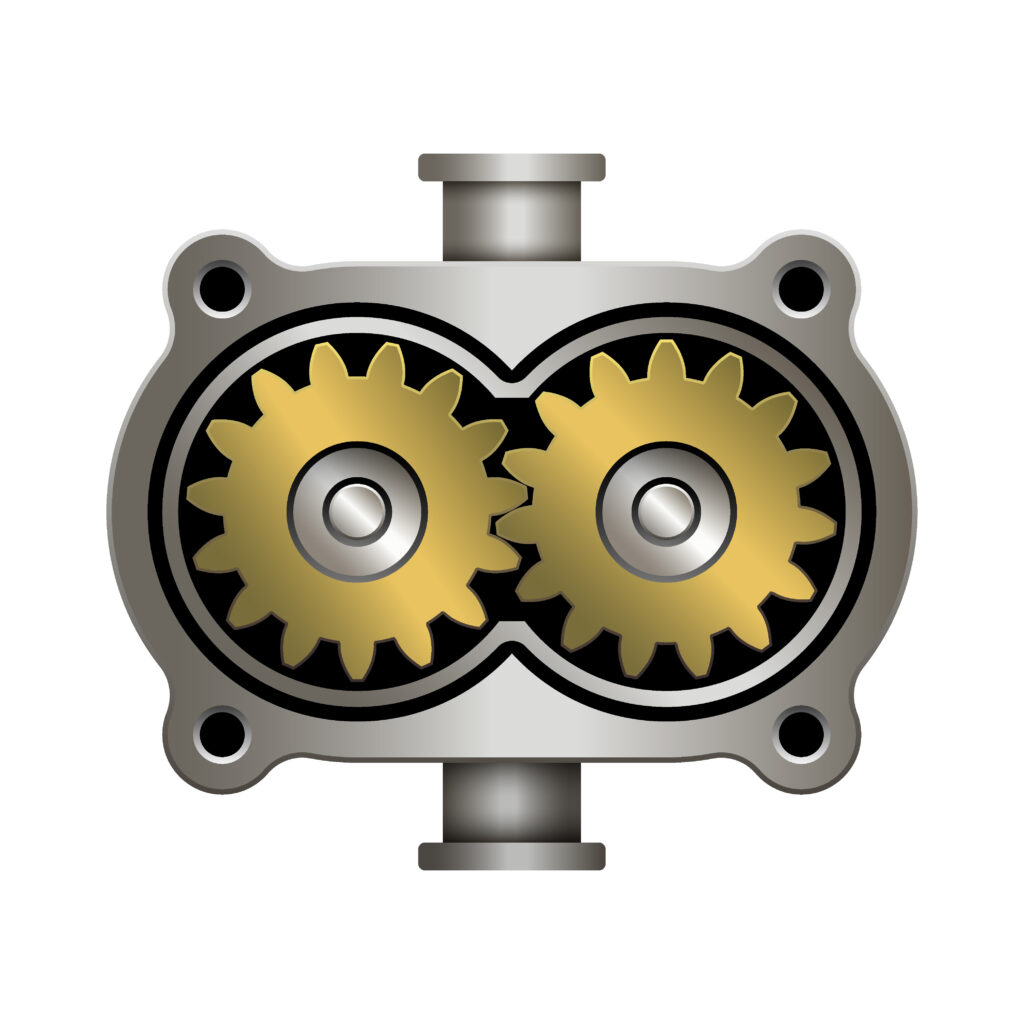
5. Lube tip: kinematic viscosity
Kinematic viscosity is a measure of a fluid’s internal resistance to flow under gravitational forces. It is determined by measuring the time in seconds, required for a fixed volume of fluid to flow a known distance by gravity through a capillary within a calibrated viscometer at a closely controlled temperature.


